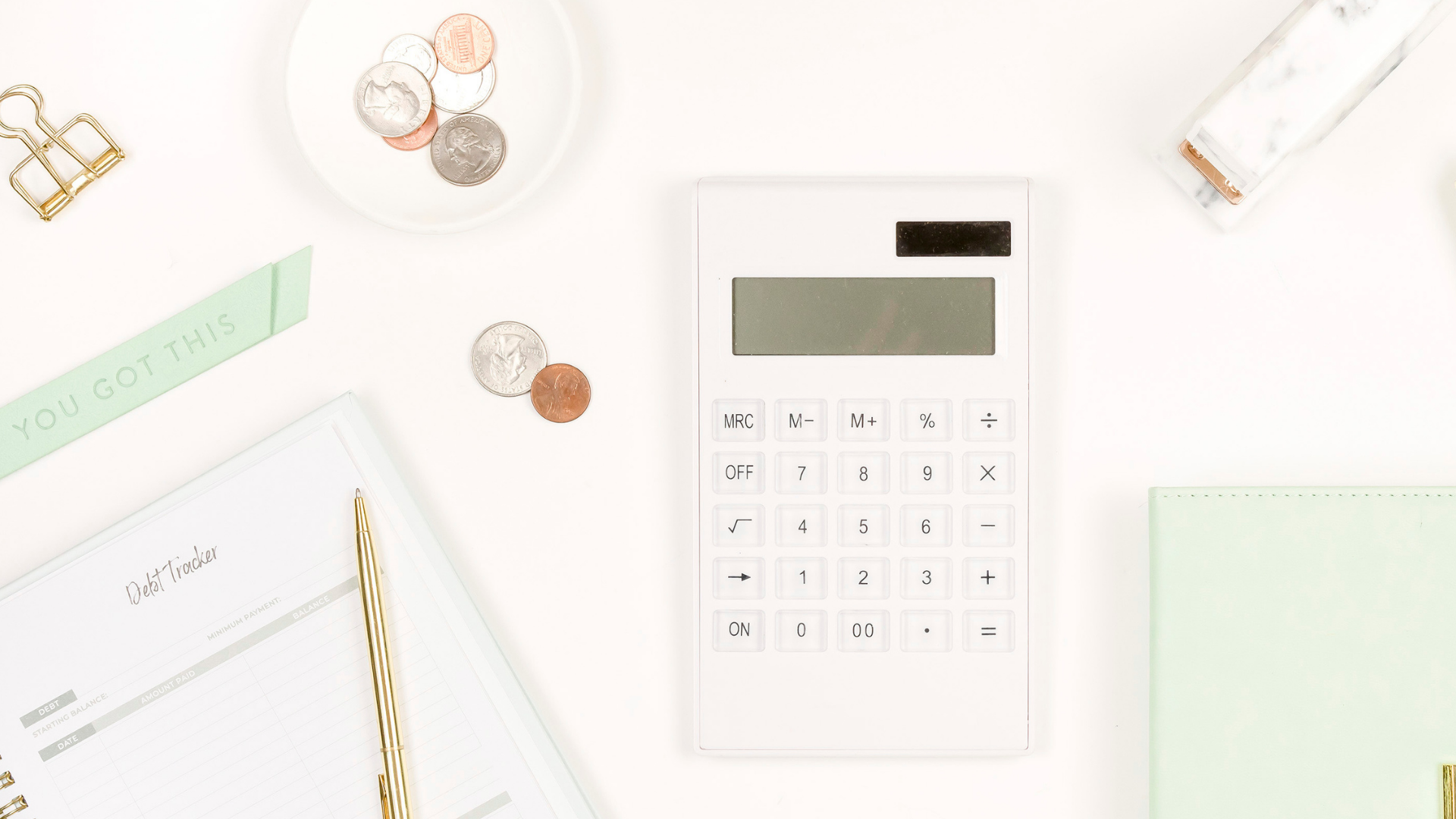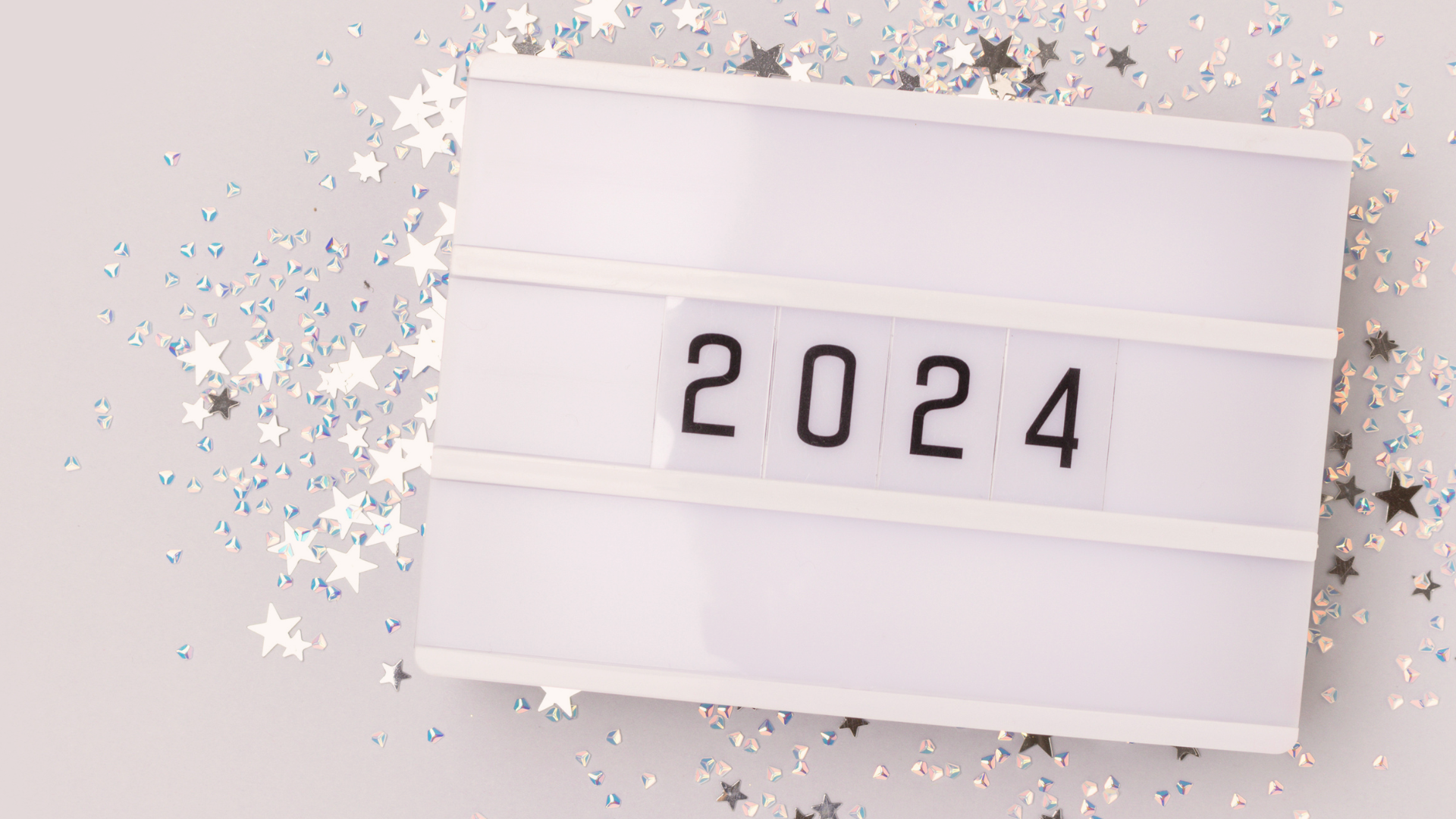The beginning of a new year is the perfect time to start budgeting. In fact, getting on track financially may even be your New Year’s resolution!
Now, I know a lot of you panic when you hear the term “budget”. It does sound restricting, but once you get good at it, you’ll find it actually gives you freedom when it comes to spending money – not to mention how much better you’ll feel when you have firm grasp on where your money is going!
I myself did a complete 360 in this area. Let’s just say I was disorganised in all areas of my life 😆
Let’s dive right into my top 10 tips to make your budgeting endeavours this year a success!
1. Figure out why you want a budget
Budgeting is a great idea for all families, don’t get me wrong, but defining your goals can help guide your budgeting process. For example, you might be trying to reduce overspending, build up some savings, get out of debt, reach long-term financial goals, or avoid fighting with your husband about where money is going. Your budgeting approach should reflect your goals.
2. Track your family’s income and expenses
There is no way you can create a budget without a realistic picture of all the money flowing in and out of your household accounts each month. Grab your bills, pay stubs, bank statements and other documents and figure out where you stand.
3. Determine how you’ll split your wage
Everyone splits their wage differently, but if you’re not sure where to begin, check out my post on How I Budget and Split My Wage.
4. Decide what you are saving for
What are your goals – not just for this year, but in the long-term as well? How much do you need to save to reach them? Don’t forget to add in a few fun, short-term savings goals, such as upgrading your TV at home, or getting a family shoot organised. This will immediately place saving money in a new light!
5. Use an app
Paper and pencil work just fine, but my husband and I track our actual expenses using an app to make sure we both stay on track – and did I mention it does all the math for us? The app we use is called ‘Spendee‘, and unlike a lot of other apps I tested, it is quite straightforward and easy to use.
6. Use your calendar
When you start budgeting, make sure you take into account irregular expenses, like holidays and birthdays. Most people won’t forget to set something aside for Christmas, but you should also factor in the months of your kids’ birthdays as well as the times of year when you need to cover annual insurance premiums, any taxes, car services, etc.
7. Don’t forget wiggle room
Even after you’ve accounted for those extra outgoings on things like birthdays, you should still try to set aside some money each month in case you go over in another spending category or an unexpected bill or expense pops up.
8. Try to automate your savings
If saving money is one of your goals, find out whether you can have a certain amount of money set aside from your pay each month automatically. It’s one less thing to do, and you won’t be tempted to spend it elsewhere.
9. Go easy on yourself
Once you start budgeting, experts say it can take three or four months to really get into the whole routine. Don’t get too upset if you have trouble sticking to the budget the first time around, or even the month after that. Be patient – you’ll get there eventually!
10. Revisit your budget from time to time
You definitely want to find a winning formula, but keep in mind that as your income, expenses and priorities change over time, you will probably have to make some adjustments. I’ve made adjustments myself throughout covid. Less for kid’s recreation, more for food and eater and electricity bills.
Be sure to give your budget an overhaul after any major life changes, like having another baby or getting a different job.
I really hope this blog post helps you figure out how to create your own system. It’s a huge sigh of relief to know exactly where we stand month after month, and not have to worry about it all!







Leave a Comment